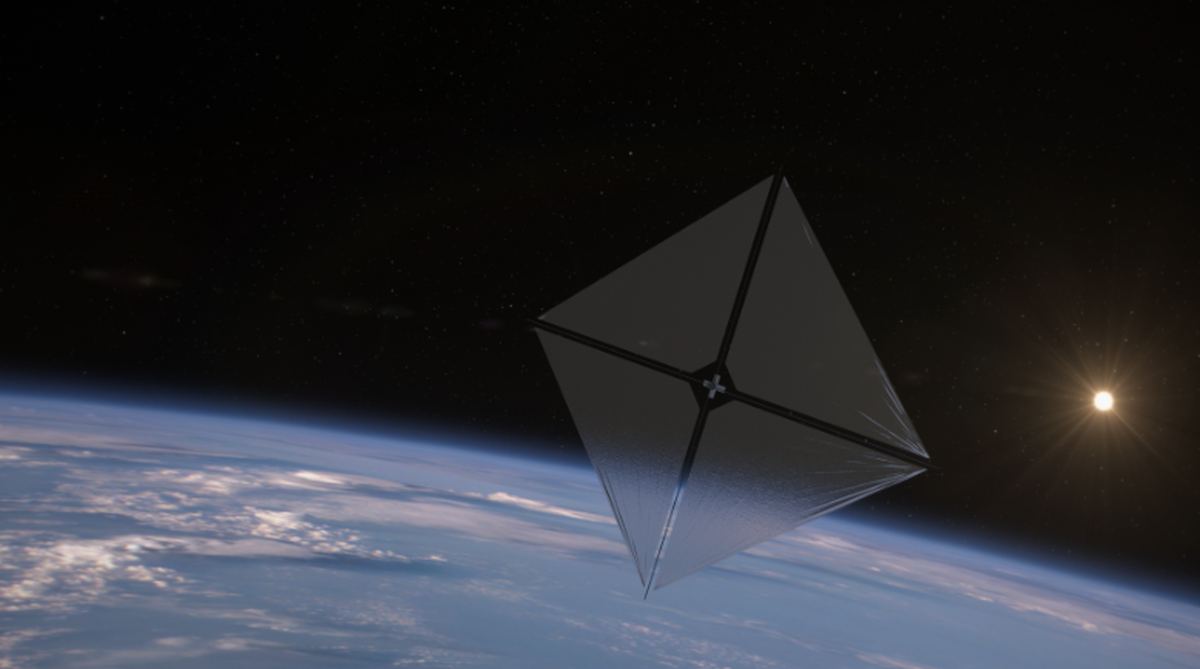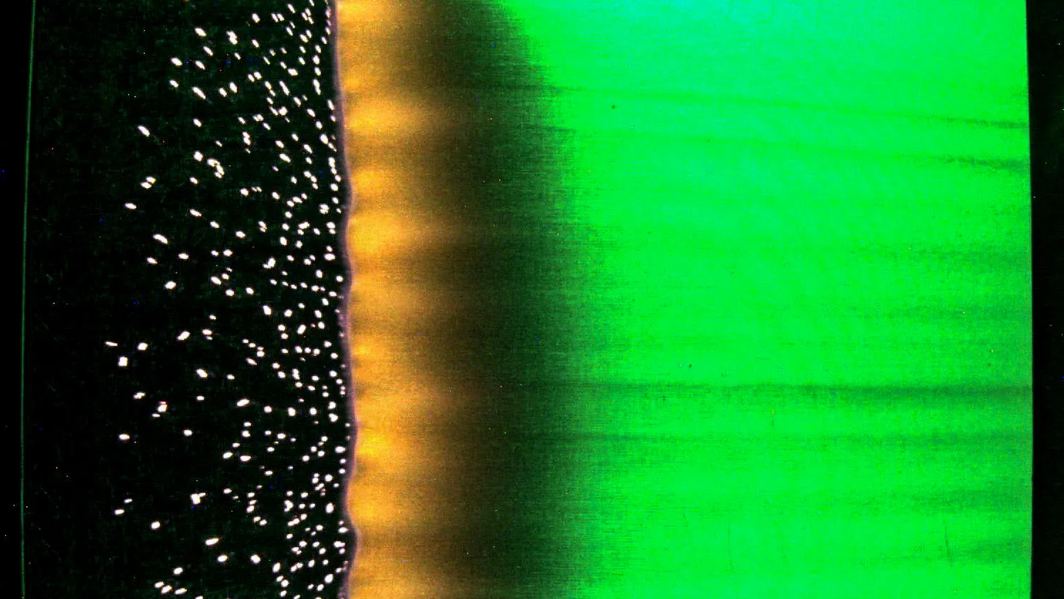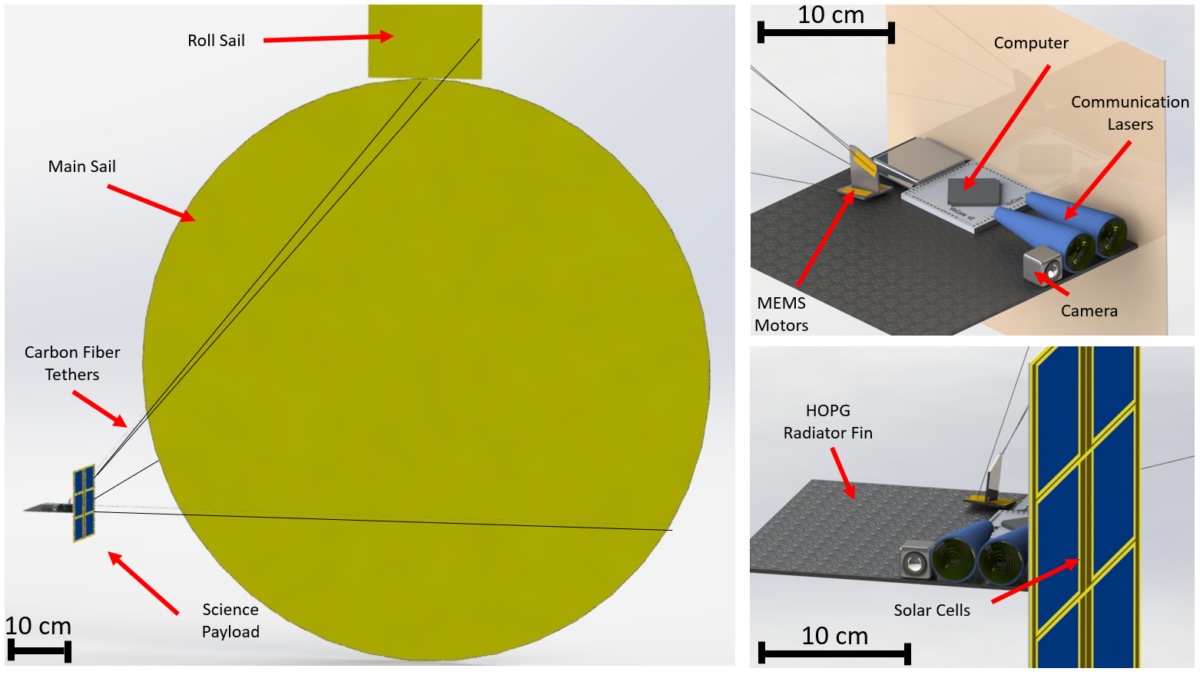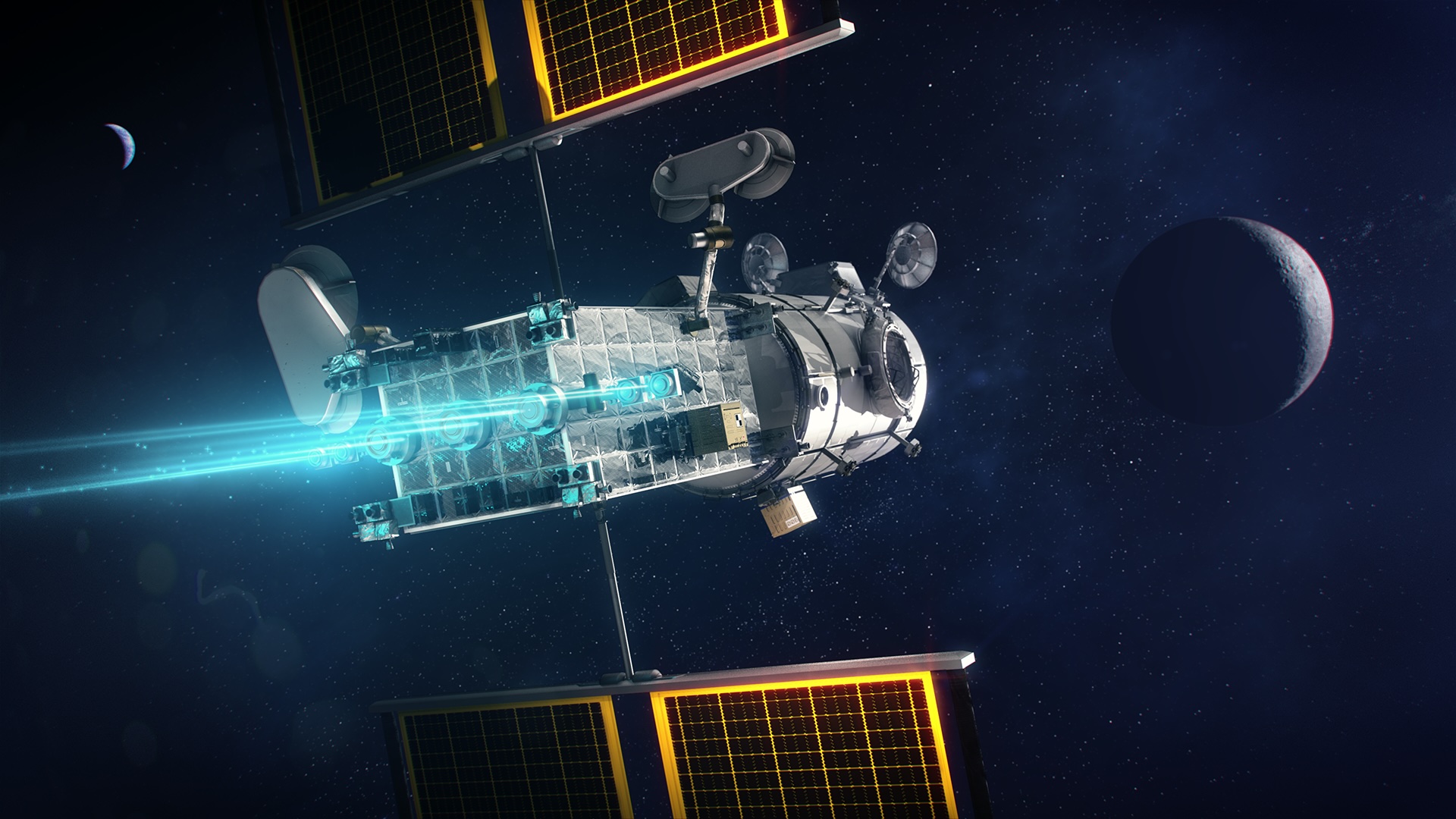It was 1903 that the Wright brothers made the first successful self-propelled flight. Launching themselves to history, they set the foundations for transatlantic flights, supersonic flight and perhaps even the exploration of the Solar System. Now we are on the precipice of travel among the stars but among the many ideas and theories, what is the ultimate and most effective way to explore our nearest stellar neighbours? After all, there are 10,000 stars within a region of 110 light years from Earth so there are plenty to choose from.
Continue reading “What’s the Most Effective Way to Explore our Nearest Stars?”What’s the Most Effective Way to Explore our Nearest Stars?










